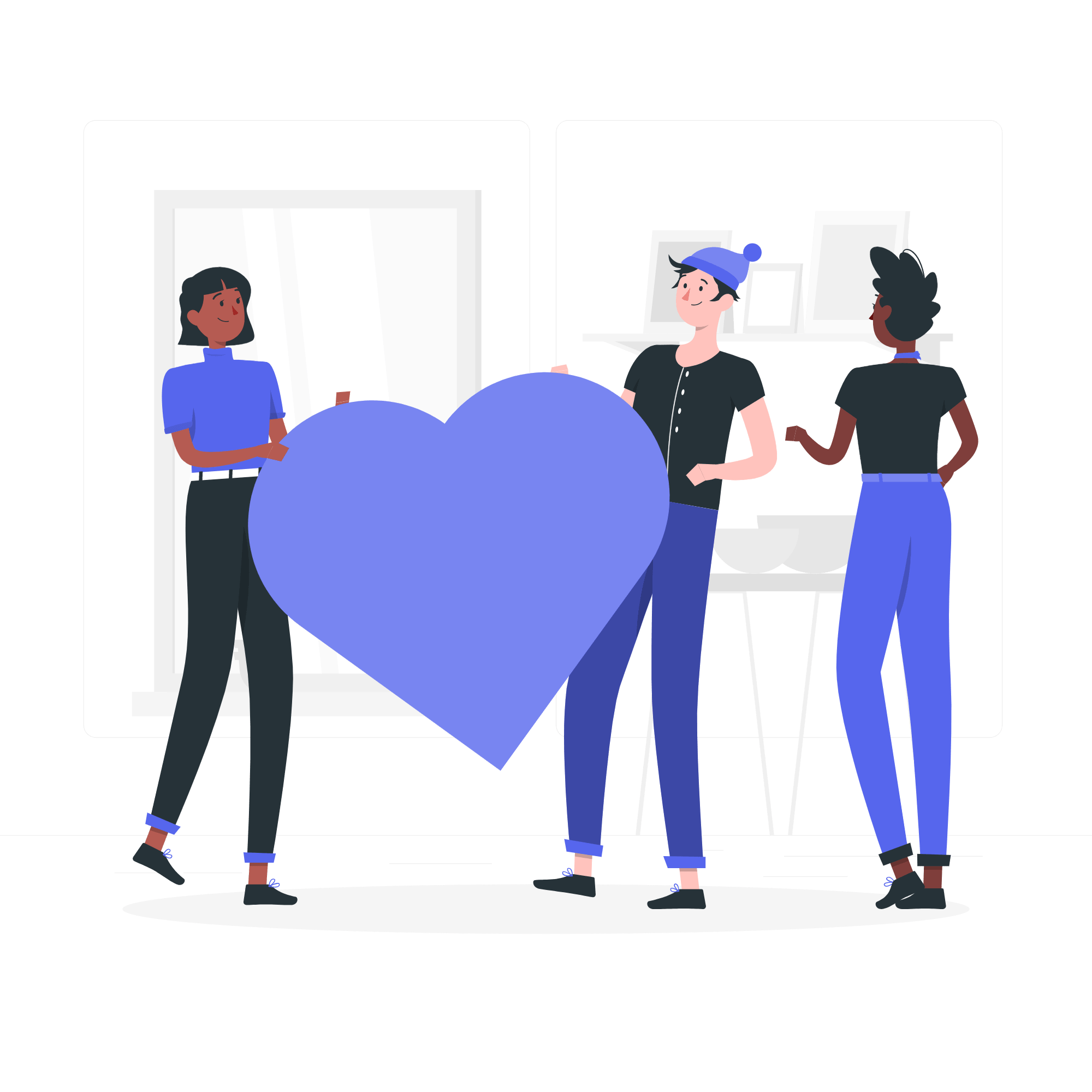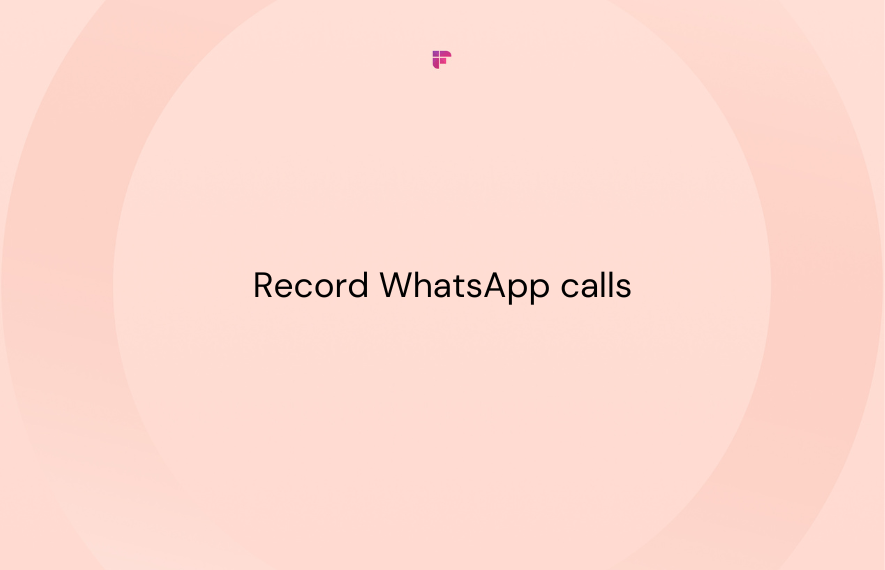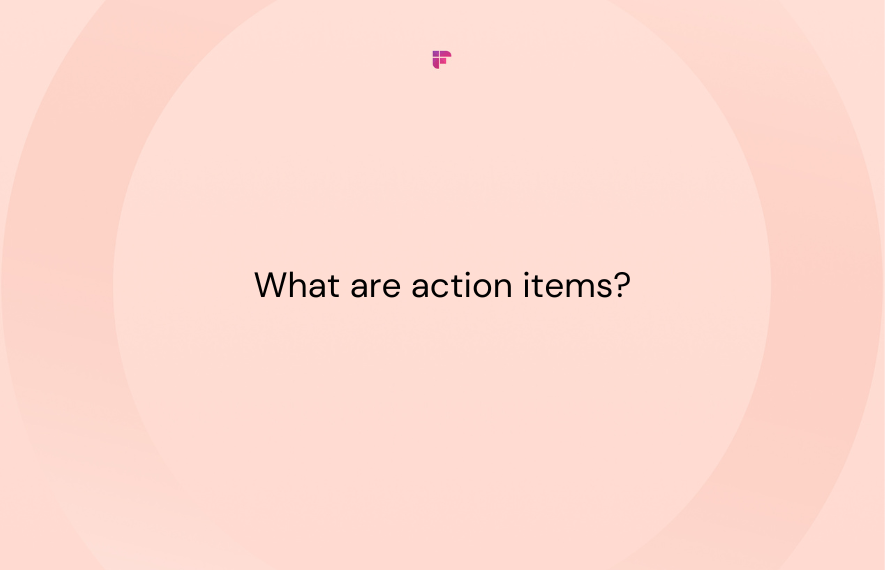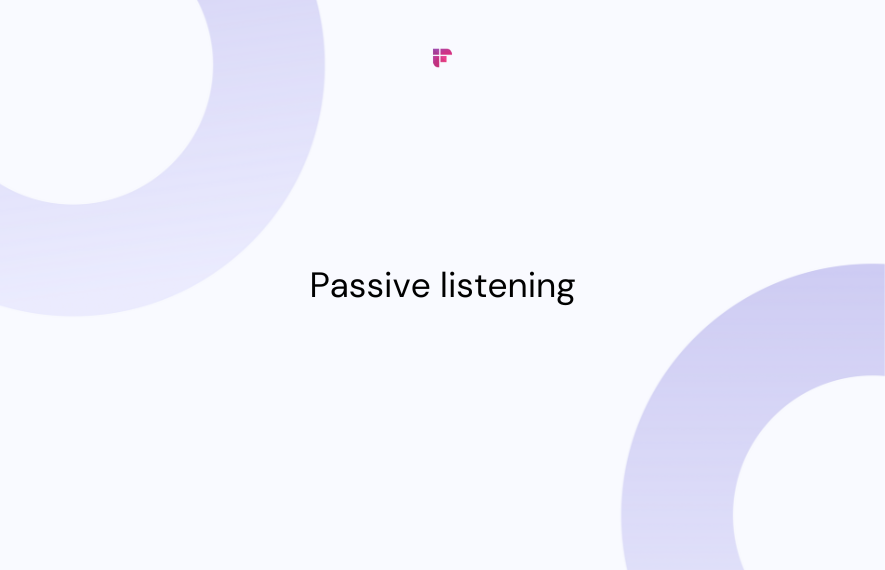Customer loyalty is the metric of how often customers engage in doing repeat business with you. When you provide excellent value and user experience to people, they turn from customers to fans.
Businesses become successful by retaining loyal customers. Attracting new customers is a good strategy. But what if they just buy from you once and then move on? You will again need to invest money in acquiring new clients. Further, if your current customers don't return, that means you aren’t giving them enough reasons to turn loyal to your company.
That’s a lot of lost chances as loyal customers propel the business forward and ignite word-of-mouth marketing. In fact, about 81% of buyers trust purchasing advice from their friends and families, reveals a Hubspot survey.
It’s crucial to devise strategies to deliver value to your customers at every touchpoint. But, first, you need to gain their trust to turn them into loyal supporters. For this, you need to measure and track customer loyalty in your organization.
Why is Customer Loyalty Important?
Think of customer loyalty as a strong bond between the buyers and the company. People who love your products will go out of their way to choose you over others. One way to measure customer loyalty is to look at repeat purchases in a customer's lifecycle in your database. The one with recurring purchases is your most valued customer.
Customer loyalty acts as a pivot in a company’s success. A mere 5% improvement in customer retention can increase profits by 25-95% across industries. Happy customers buy more, and often.
Provide an excellent emotional experience to your existing customers to impact the bottom line. Constantly pouring in resources to acquire new customers will diminish returns if you ignore the existing pool of buyers. It’s even 7x more costly to acquire new buyers than to retain existing ones.
Consider the leaky bucket theory:

Imagine your business as a bucket where customers flow during purchases. To generate profit, you need an inflow of new customers while still retaining the existing ones. But if your bucket has a hole (low customer retention), customers will leak out of your bucket (business).
Here, losing customers is called churn. So, even if you keep acquiring new customers, valuable customers still leak out of the hole. That’s why building customer loyalty is essential—to fill the holes or to retain customers.
Remember, people buy products to have a profound post-sales experience. They want to experience the positive changes the product will bring to their lives. If your product made their life better than before, then you’ve earned a loyal customer.
But, improving customer retention and providing an outstanding buying experience requires a long-term strategy. A well-defined strategy makes it easier to provide value to the customer at every touchpoint.
How to Build Customer Loyalty?
Here are specific ways to enrich your customers’ experience seamlessly and increase their trust:
1. Customer Loyalty Program
The concept of a loyalty program is simple: reward customers’ trust with exclusive offers or features. A well-crafted loyalty program goes a long way in retaining valuable customers. This bonus makes customers feel they are a vital part of the business.
The secret to building an effective customer loyalty program is making it a two-way benefit.
A customer loyalty program can take different shapes according to your industry and buyers’ persona:
Point Reward Program

Perhaps the most popular reward system businesses use to gain customer loyalty is the point program. The idea is to offer points for every purchase a customer makes. Then, as customers gather enough points, they can redeem their points to get a special offer or product.
E.g., Starbucks offers a star to every purchase above a defined limit. As you collect the stars, you’ll get options to redeem them to buy coffee, membership, benefits, etc.
Spend Program

The spend reward system takes the amount of money into account instead of the frequency of transactions. Thus, when customers spend more, they accumulate more rewards. This can work in conjunction with point programs too.
E.g., Azerbaijan Airlines rewards high-paying customers with travel points. They receive complimentary lounge access, early boarding, and additional checked baggage allowances as they reach elite status.
Tier-Based Program

A tiered program helps you segment your customers based on their spending habits. Each tier denotes a different level in the rewards program, and the exclusive offers are redeemable. Customers will eventually want to reach the top tier to unlock the most valuable rewards.
E.g., DSW, a famous shoe retail company, offers a tier-based program to its loyal customers. It allocates the tier according to buying behaviors and spending patterns of customers. As a customer reaches higher levels, he can avail rewards like free shipping and extra points for donating unwanted shoes.
Exclusive VIP Program
An exclusive VIP program is also an effective way to retain customers. In this program, customers can enroll in a special reward system to access unique offers and discounts available to only those enrolled in the VIP program.
E.g., Amazon is famous for its Prime membership program--an excellent tactic to build customer loyalty. They give exclusive perks to enrolled customers for a flat annual fee, e.g., free two-day delivery, streaming service, and early access to Prime Day sales. All these benefits make the customer stick to the company and enjoy being a ‘special customer.’ This is a highly effective strategy as Prime members spend more than twice than normal ones.
2. Engage with Customers Online
Customers don’t want to be forgotten after they buy your product. A company lacking a user engagement channel leaves a wrong impression of the company and its organizational values. Staying in touch with your customers keeps your company fresh in their minds and adds recall value. Further, online channels are an excellent way to connect with customers and understand their joy and pain points.
Social media platforms such as Twitter help brands to engage and listen to customer’s grievances and issues. This ensures that customer satisfaction and loyalty go hand in hand. Further, incentivizing social shares, linking, and commenting also boost brand awareness on the platform.
Finally, awarding points to customers for social sharing is another great strategy that is a win-win for both the business and customers.
Engaged customers are more likely to repeat purchases from your company. If they are delighted, they are the ones who will stay loyal to you and refer you to others. For example:
3. Encourage Customers to Become Brand Ambassadors
Word-of-mouth marketing is the most effective way to turn strangers into customers. As per reports from Nielsen and Hubspot, advice from parents and friends is most persuasive while buying.
Tap into the potential of your most ardent supporters. The customers that mention you on Twitter, Instagram stories, and those who tell their friends how much they love your brand are your superhero promoters.
If you’re a small business, you’ll have a small pool of customers. They are an excellent opportunity to learn about the features they love and why. Learn about these brand fans as much as you can. Then refine your buyer’s persona and find new customers that fit into it.
Keep a close watch on your customers-turned-fans. Interact with them and (social listening) and recruit them after having initial conversations and then offer referral points as an exclusive loyalty program.
Referral programs are a great way to amplify the love your existing customers have for your brand. They act as an incentive for their efforts in promoting you. This results in rapid word-of-mouth marketing and customer retention.
The prime benefit of the referral strategy is that both small and large businesses can implement it. The former can attract new customers, while the latter can incentivize the existing customers when they refer someone.
4. Implement Email Marketing

Email marketing brings more conversion rates than organic search and social media. Moreover, emails are effective in cross-selling and upselling, for instance, repeat purchases and continued subscriptions.
But how does email marketing increase customer loyalty?
Email marketing is a powerful way to bring continuity to the customer experience. Most customers suffer from confusion while making online purchases. They may be unsure about the product, or there is a disconnect between them and the brand.
Sending targeted emails to customers based on their spending habits helps them find a suitable product. You can also educate them about how they can leverage your platform to ease online shopping.
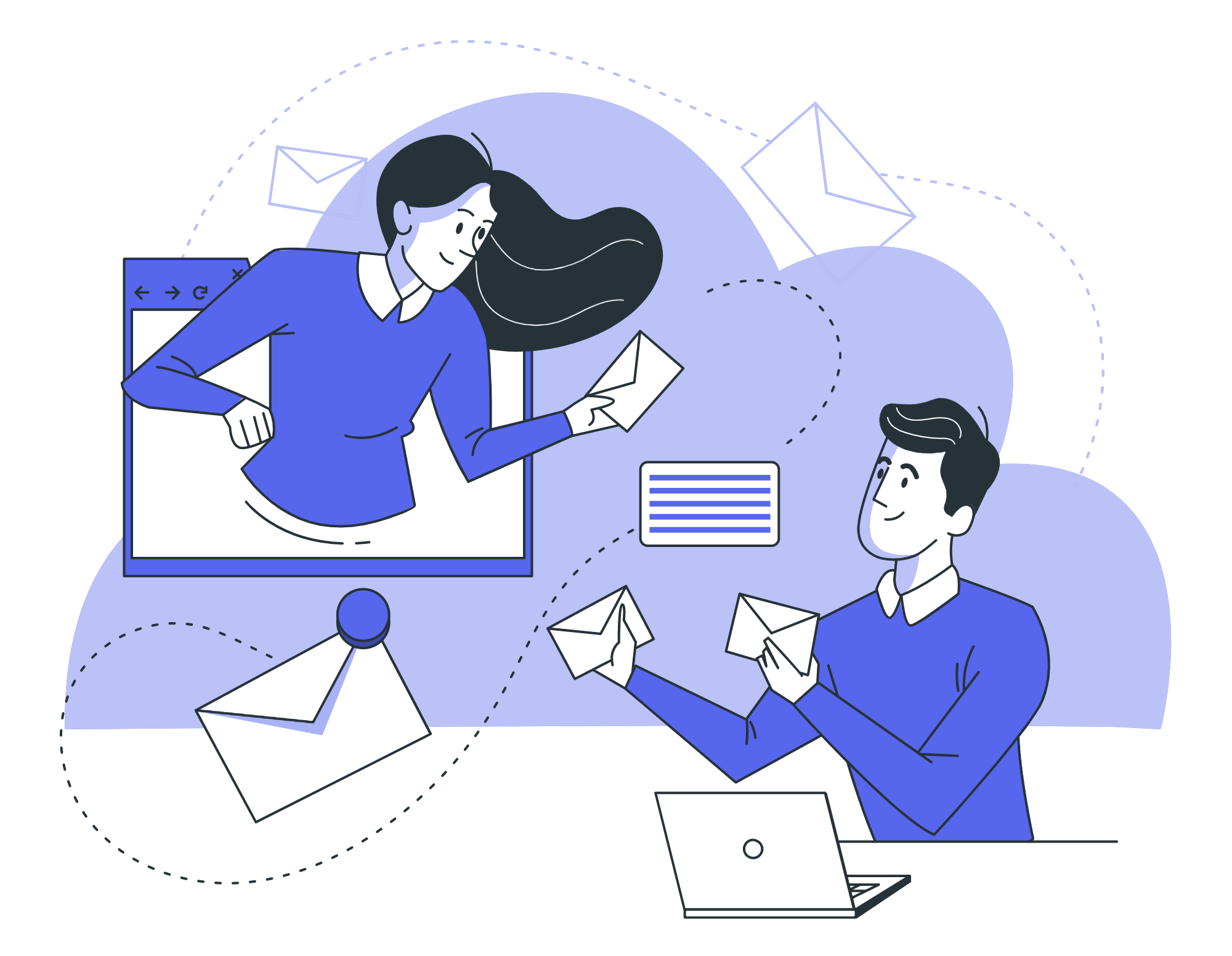
Further, emails such as newsletters, thank you emails, surprise emails, redemption emails, cart abandonment emails, and exclusive benefits emails increase engagement. Thus, resulting in the customer getting back to the platform again.
5. Build a Community
Building a community of your customers is an effective way to create a pool of loyalists. It’s an excellent opportunity for them to connect with the brand and other customers. An online community is like a social media platform dedicated to everything about your company.
Users can share tips and tricks related to the product and how to optimize its use. This turns out to be a win-win for the company and the customers seeking help.
Community managers can further gain trust by providing additional resources and support in the online communities. Most of the time, the conversations happen over a social media network that you can leverage.
For instance, many Facebook groups have active fans of a brand. Tapping into these communities and harnessing the user’s love can result in retaining existing customers.
Further, these communities are also excellent resources to figure out product issues and generate feedback. When you build your product with your customers, odds of success hit the sky.
6. Provide Seamless Customer Service and Experience
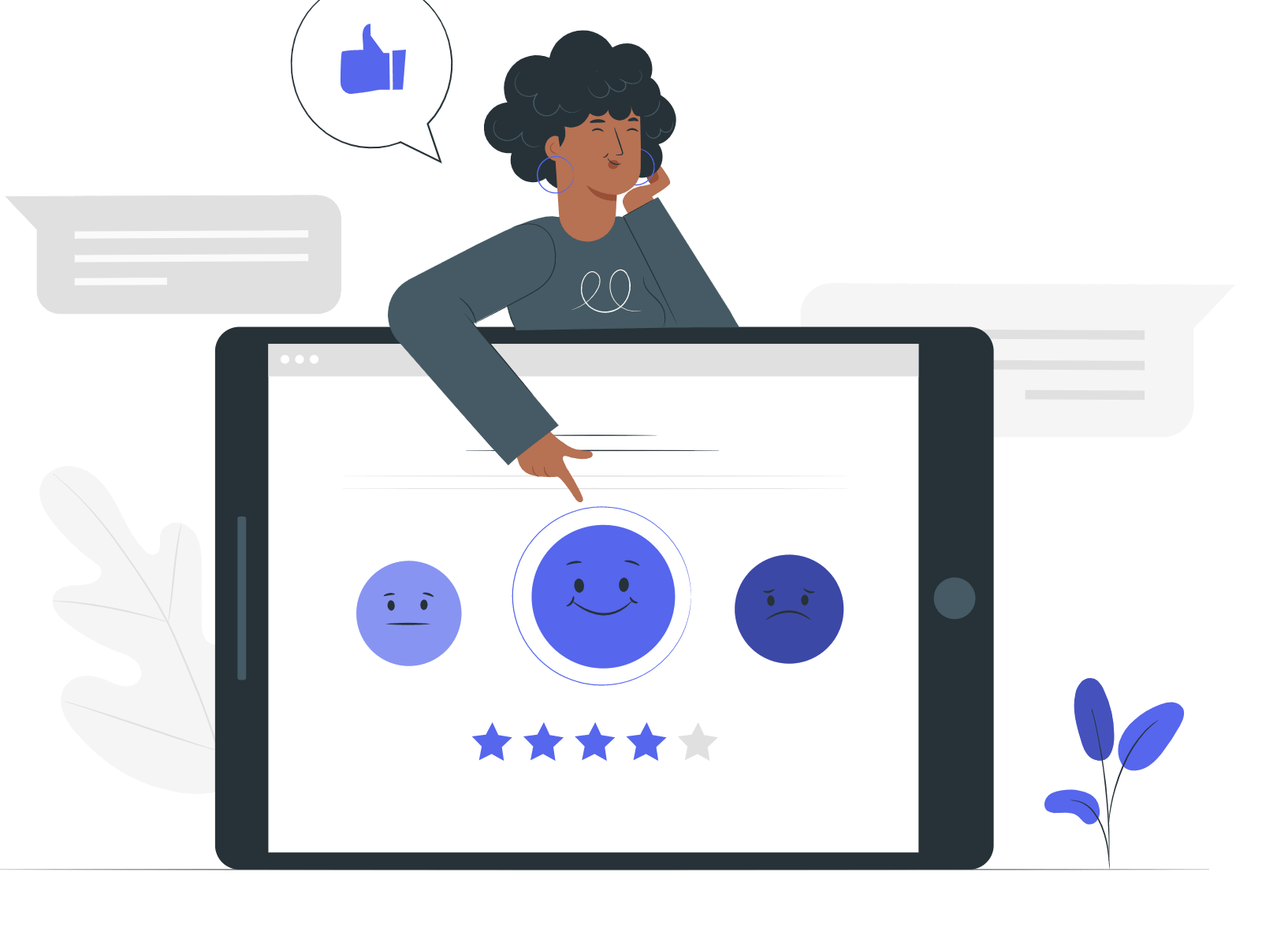
Customer experience is a subtle factor that can either boost customer retention or increase churn. From the moment a person lands on your website to asking customer service for assistance, every touchpoint is customer experience, and they expect the best. In fact, 69% of customers are willing to spend more on a company with better customer service.
But, about half of the customers would switch if they encounter one bad experience with a company. That’s why customer service and experience are tied with brand loyalty. The quicker customers get their issues resolved, the happier they will be using the product.
Thus, you need to keep a close watch on customer experience. Evolve your messaging and communication for multiple customers. Brand identity and values also need to adapt to suit the mood of the moment.

Talk to your customers, identify the red flags, and deploy a task force as soon as possible. A healthy customer-company relationship won’t grow overnight; you need to evolve constantly. Providing a ‘low effort’ experience where everything is streamlined for customers is as critical as differentiating USP.
7. Ask for Customer Feedback and Solve the Problems

Nobody can give you honest and better insights about your product and service than those already using it. Customer satisfaction (CSAT) surveys are mainly used to understand how happy customers are with their purchases.
It is followed by the support team that addresses the grievances, if any. Finally, to further enrich the customer experience, the product development team gathers data from CS teams to understand why customers raise tickets and make product changes.
Communities and social media are also great resources to get feedback. Not all people in a brand community will be happy; some will struggle with the product. You need to find them and help them.
Beyond surveys and communities, negative reviews online are also helpful in finding critical pain points of customers. Sure, no one likes to read negative reviews, but the genuine ones offer a wide scope for improvement. In addition, taking customer feedback sincerely helps build a healthy relationship, which aids in building customer loyalty.
Conclusion
Building customer loyalty is a compounding effort. You might not gain immediate results, but over the years, the benefits will snowball. Remember, customers are people, so you need to listen to them, care for them, and help them when they struggle.
It's the same as building a relationship, which takes effort, but it’s worth it. In the end, you should aim to make your customer’s life more happy, easy, and enjoyable.
Building customer loyalty is a long-term game. It is a well-known adage that loyalty is earned and cannot be bought.


